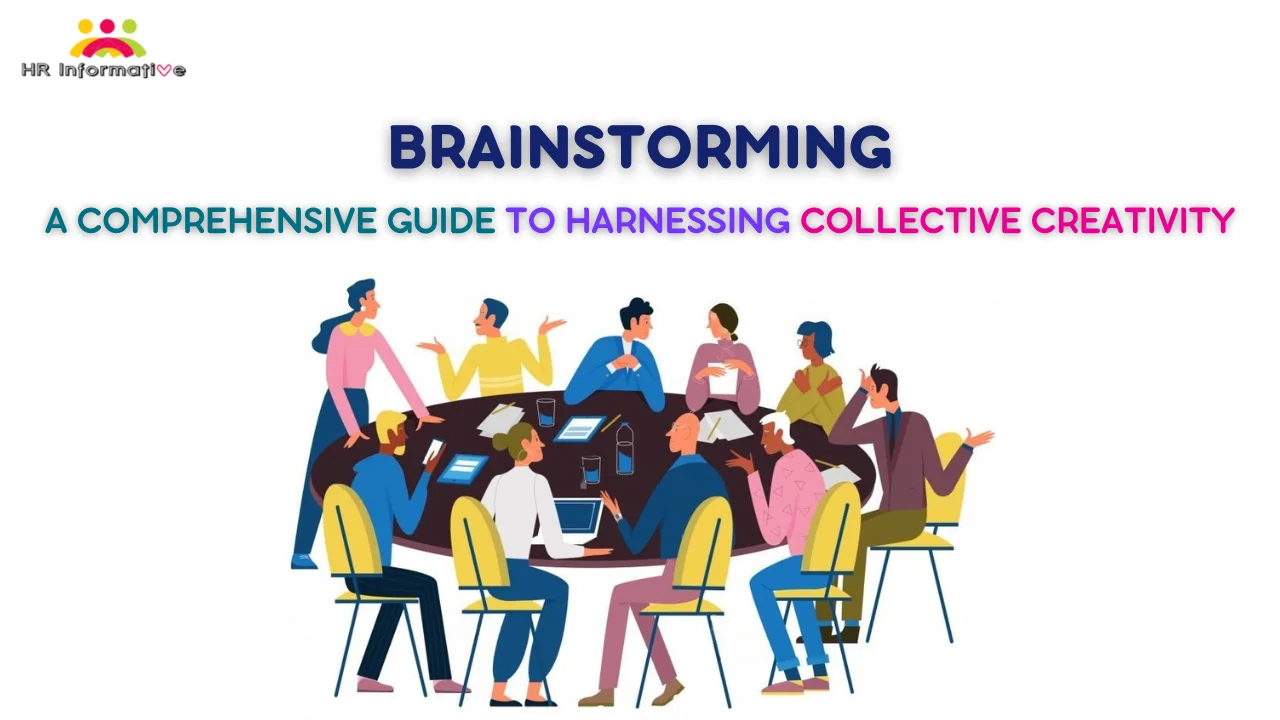Introduction
The labour market in India is a dynamic and complex ecosystem that plays a pivotal role in shaping the nation’s economic growth and development. With a population of over 1.4 billion people and a diverse range of industries, the Indian labour market is both vast and diverse. This article aims to provide an in-depth analysis of the labour market in India, examining its challenges, opportunities, and potential strategies that can lead to economic prosperity.
Historical Overview of the Labour Market in India
The labour market in India has evolved significantly over the centuries. Historically, India’s economy was predominantly agrarian, with a large population engaged in agriculture. However, with the onset of British colonial rule and industrialization, the structure of the labour market underwent significant changes. The introduction of modern industries, railways, and infrastructure projects led to the migration of rural workers to urban centers in search of better opportunities.
Post-independence, India embarked on a path of planned economic development, with an emphasis on self-sufficiency and industrialization. This period witnessed the establishment of public sector enterprises, which served as significant employers. However, challenges such as low productivity, lack of skill development, and informal employment persisted, hindering the country’s progress.
Key Components of the Indian Labour Market
(a) Diversity:
India is known for its diverse demographics, encompassing various languages, cultures, and regional disparities. This diversity is reflected in its labour market, with significant variations in skill levels, educational attainment, and wage patterns across states and industries.
(b) Formal and Informal Sectors:
The Indian labour market can be broadly classified into formal and informal sectors. The formal sector includes workers with job security, social security benefits, and regulated working conditions. In contrast, the informal sector comprises a vast workforce engaged in low-paying jobs, lacking social protection, and often working in precarious conditions. The informal sector accounts for a substantial portion of India’s workforce, and addressing its challenges is crucial for inclusive growth.
(c) Skill Levels and Education:
The labour force in India exhibits diverse skill levels and educational backgrounds. While the country boasts a large pool of educated professionals, there is also a significant population with limited access to quality education and vocational training. Bridging this skill gap is essential for maximizing the potential of the workforce and catering to the demands of a rapidly changing economy.
(d) Gender Disparities:
Gender disparities are prevalent in the Indian labour market. Women face various barriers to employment, including social norms, safety concerns, and unequal pay. Encouraging women’s participation in the workforce and promoting gender equality should be a priority to harness the full potential of human capital.
(e) Rural-Urban Divide:
India’s labour market is characterized by a significant rural-urban divide. Rural areas are often marked by underemployment, lack of formal job opportunities, and dependency on agriculture. Conversely, urban areas witness higher formal job opportunities but also experience issues like urban poverty, informal labour, and inadequate living conditions. Addressing this divide is essential for balanced and sustainable development.
Challenges Facing the Indian Labour Market
(a) Unemployment:
Unemployment remains a persistent challenge in the Indian labour market. The coexistence of educated unemployment and underemployment reflects the disconnect between skills possessed by job seekers and the demands of the job market. Creating more jobs and improving employability through skill development initiatives are crucial for tackling this issue.
(b) Informality and Vulnerable Employment:
As mentioned earlier, a substantial portion of India’s workforce operates in the informal sector. Informal workers lack job security, access to social benefits, and legal protection, making them vulnerable to economic shocks and exploitation. Formalizing the informal sector and providing social safety nets can uplift the living standards of millions of workers.
(c) Skill Mismatch:
The Indian labour market faces a significant challenge of skill mismatch, where the skills possessed by job seekers do not align with the requirements of the job market. This disconnect hampers productivity and growth in various sectors. Bridging the gap between demand and supply of skills is essential to enhance productivity and competitiveness.
(d) Labour Market Rigidities:
Labour market rigidities, including restrictive labour laws, make it challenging for businesses to adapt to changing economic conditions and hinders job creation. Reforms that strike a balance between workers’ rights and business flexibility are necessary for promoting a conducive business environment.
(e) Low Female Labour Force Participation:
India has one of the lowest rates of female labour force participation in the world. Cultural norms, safety concerns, and inadequate support systems contribute to this issue. Encouraging women’s participation in the workforce through targeted policies and awareness campaigns can unlock significant economic potential.
(f) Urbanization and Migration Challenges:
Urbanization, driven by rural-urban migration, poses challenges for cities, including inadequate housing, congestion, and strain on resources. Effective urban planning and investment in infrastructure are necessary to create sustainable urban centers that can accommodate the growing urban population.
(g) Wage Disparities:
Wage gaps persist across various industries and between rural and urban areas, exacerbating income inequality. Workers in informal sectors typically earn lower wages than their counterparts in the formal economy.
(h) Youth Unemployment:
India has a large and youthful population, making the issue of youth unemployment a critical concern. The lack of job opportunities for young graduates can lead to frustration and disillusionment among the youth.
Opportunities and Strategies for Economic Prosperity
(a) Skill Development and Education:
Investing in education and skill development is critical for nurturing a skilled and adaptable workforce. Partnerships between industries, educational institutions, and the government can facilitate the development of job-specific skills and reduce the skill gap.
(b) Encouraging Entrepreneurship:
Promoting entrepreneurship can stimulate economic growth and job creation. Providing access to finance, simplifying business regulations, and fostering a culture of innovation can empower individuals to start and grow their businesses.
(c) Labour Law Reforms:
Rationalizing labour laws to strike a balance between worker protection and business flexibility is essential. Transparent and efficient labour regulations can foster a business-friendly environment and attract investment.
(d) Strengthening Social Protection:
Expanding social protection measures, such as health insurance, pensions, and unemployment benefits, can provide a safety net for vulnerable workers and reduce economic insecurity.
(e) Women Empowerment and Gender Equality:
Promoting gender equality through policies that support women’s workforce participation, provide safe working conditions, and offer equal pay for equal work can lead to higher productivity and economic growth.
(f) Rural Development and Diversification:
Investing in rural development, agriculture, and allied sectors can create more employment opportunities in rural areas and reduce migration to cities. Diversifying the economy will make it more resilient to economic shocks.
(g) Digitalization and Technology:
Leveraging digitalization and technology can boost productivity and efficiency across sectors. Encouraging digital literacy and the adoption of technology in businesses can drive economic progress.
Conclusion
The labour market in India is a multi-faceted and complex system that requires comprehensive reforms and strategic interventions. By addressing the challenges of unemployment, informality, skill mismatch, and gender disparities, India can unlock its immense human capital potential and achieve sustained economic prosperity. With a focus on education, skill development, labour reforms, and inclusive policies, India can aspire to become a global economic powerhouse and provide a better quality of life for its citizens. It is essential for stakeholders, including the government, businesses, civil society, and individuals, to collaborate and work towards a shared vision of an inclusive and prosperous labour market in India.
Frequently Asked Questions
Q1: What is the current state of the labour market in India?
Ans: The Indian labour market faces challenges such as unemployment, informality, skill mismatch, and gender disparities. While certain sectors are driving employment, there is a need for addressing these issues to promote inclusive growth.
Q2: Which sectors are driving employment in India?
Ans: The Indian labour market relies on various sectors for employment opportunities. Agriculture continues to employ a significant portion of the rural workforce, while the services sector, including IT, healthcare, and hospitality, drives employment in urban areas. Manufacturing also contributes substantially to job creation.
Q3: How is the government addressing unemployment and skill development?
Ans: The Indian government has initiated the Skill India Mission, which aims to provide training and skill development opportunities to millions of youth across different sectors. Programs like Startup India and Standup India are promoting entrepreneurship to encourage job creation.
Q4: How is technology influencing the Indian labour market?
Ans: Technology has transformed the Indian labour market. The digital revolution has led to the growth of industries like IT services and e-commerce, creating jobs for skilled workers. However, automation and artificial intelligence also pose challenges in certain sectors.
Q5: What are the challenges faced by women in the Indian labour market?
Ans: Women in India encounter challenges in accessing and sustaining employment due to gender norms and societal expectations. Safety concerns and lack of support systems also impact their participation. Unequal pay and limited representation in leadership roles are further concerns.
Q6: How can the government promote formalization of the informal sector?
Ans: Formalizing the informal sector requires labour reforms that balance workers’ rights and business flexibility. Simplifying registration processes and providing incentives for formalization can encourage more employers to operate within the formal sector.
Q7: What role does education play in enhancing employability in India?
Ans: Education plays a vital role in enhancing employability. Focusing on quality education, especially in STEM fields, equips students with relevant skills. Vocational training and apprenticeship programs also enhance employability.
Q8: How can the government address the rural-urban divide in the labour market?
Ans: Reducing the rural-urban divide requires investing in rural development, infrastructure, and agriculture. Improving the quality of life in rural areas, including education and healthcare access, can incentivize individuals to stay and work there.
Q9: What measures can promote gender equality in the labour market?
Ans: Promoting gender equality involves implementing policies for equal pay, safe work environments, and incentives for gender diversity. Childcare facilities and awareness campaigns challenging gender norms are also essential.
Q10: How can the Indian labour market contribute to economic growth and prosperity?
Ans: A well-functioning labour market addressing challenges can boost productivity, attract investment, and foster innovation. Ensuring inclusive growth with decent employment opportunities will lead to a more prosperous and equitable society.
You May Read Also :




